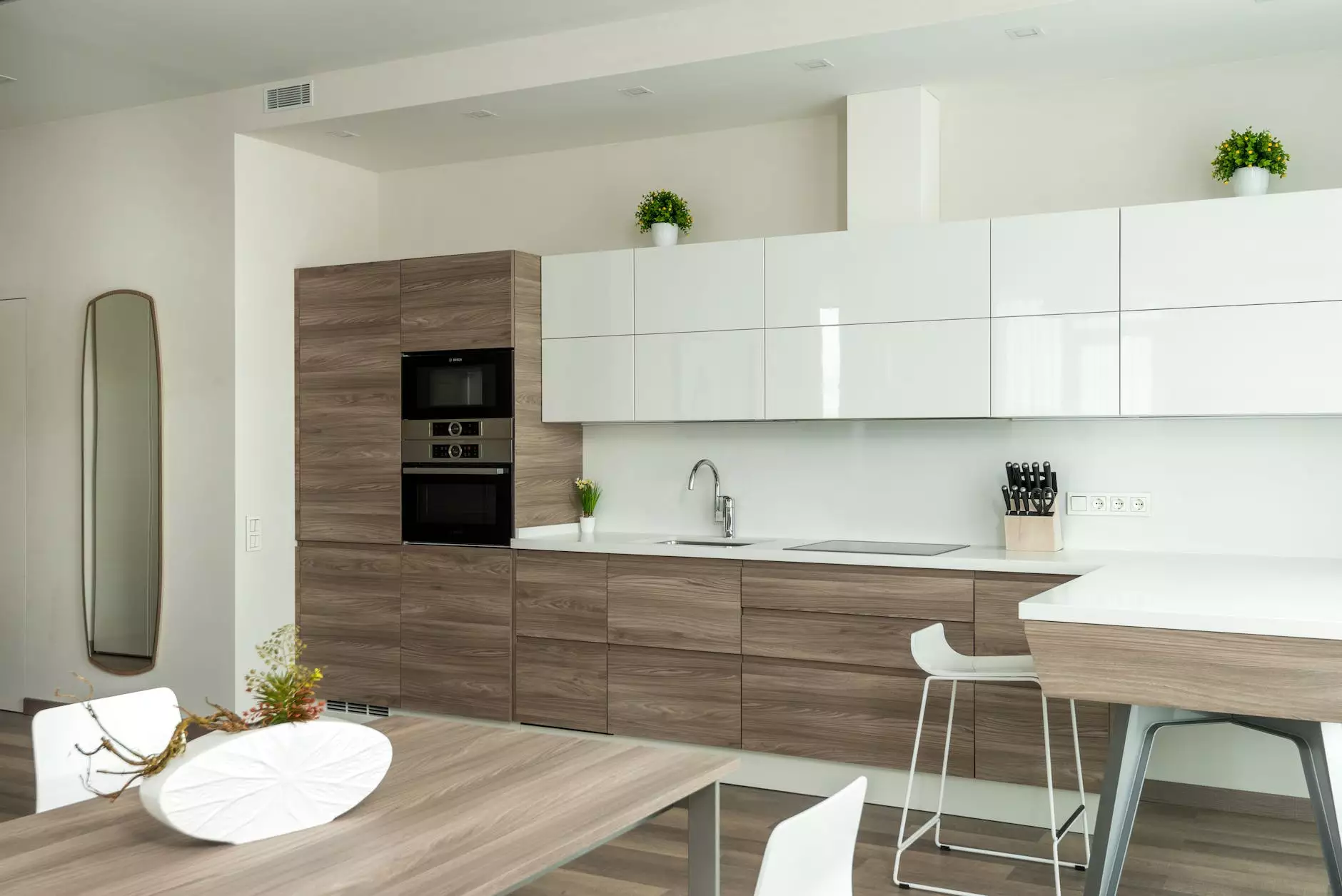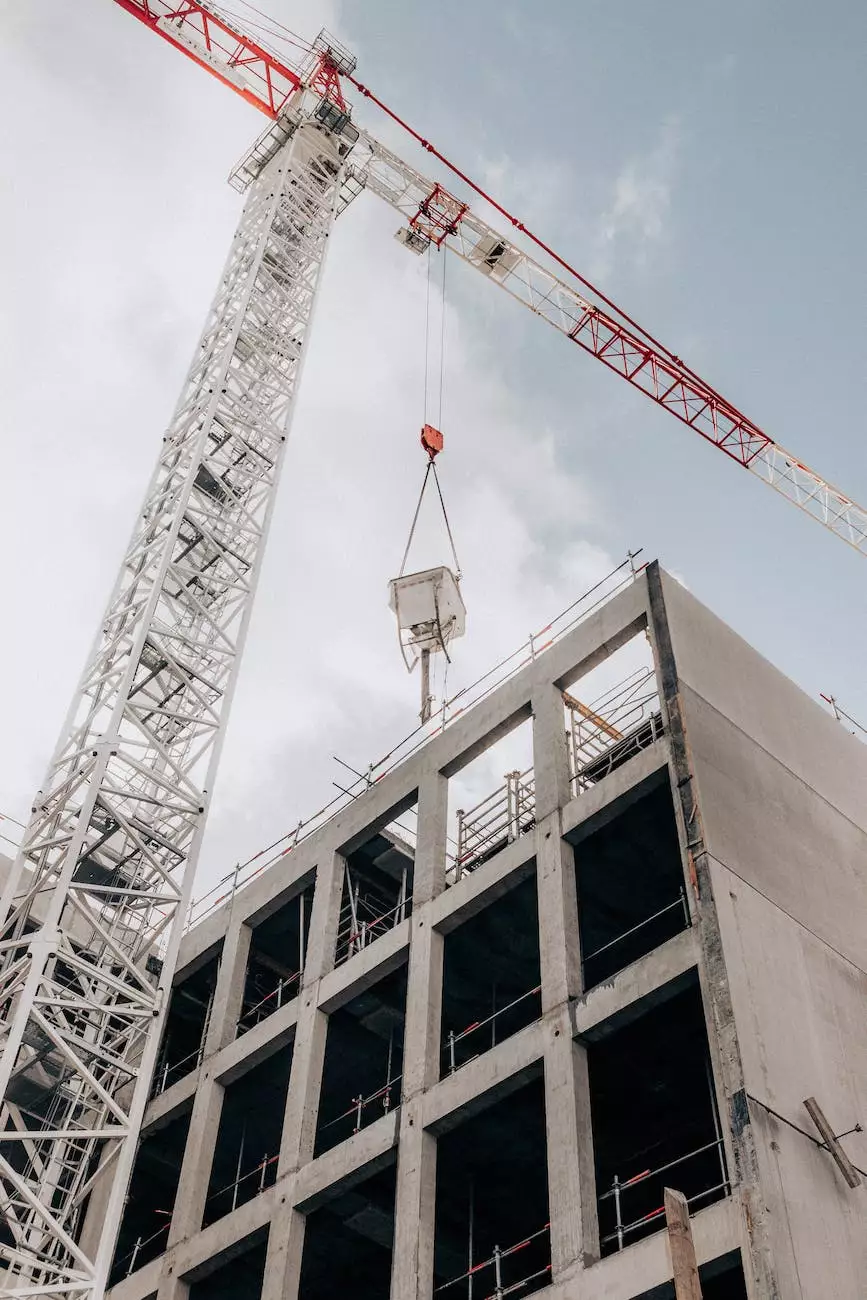Why Apartment Building Prices Are Going Down
Blog
Overview
In the ever-changing landscape of the real estate market, it is essential to understand why apartment building prices are currently experiencing a decline. H2 Buy Suite LLC, a trusted expert in the business and consumer services industry, offers valuable insights into this phenomenon. By examining various factors affecting the market, we aim to provide a comprehensive analysis that will help you make informed decisions.
Economic Factors
One of the primary reasons behind the decrease in apartment building prices is the state of the economy. Economic downturns, such as recessions or financial crises, often lead to a decline in demand and subsequently lower prices. These economic factors include:
- Unemployment rates: When unemployment rates increase, individuals have less spending power, causing a decrease in demand for rental properties.
- Income levels: Stagnant or decreasing income levels can affect the affordability of rental properties, leading to a decrease in demand.
- Interest rates: Higher interest rates on mortgages can make it more difficult for potential buyers to invest in apartment buildings, reducing demand and potentially impacting prices.
Supply and Demand Dynamics
Understanding the interplay between supply and demand is crucial in comprehending why apartment building prices are declining.
Increase in Supply
Recent years have seen a significant increase in the construction of apartment buildings in many regions. This surge in supply has led to a higher inventory available in the market. With the supply exceeding demand, prices tend to decrease as property owners compete to attract tenants or buyers.
Changes in Demographic Trends
Demographic shifts can also play a role in the decline of apartment building prices. For instance:
- Millennial preferences: As millennials, who make up a significant portion of the rental market, reach the age of homeownership, they may transition from renting to purchasing their own properties. This shift in demand from rental to ownership can contribute to a decrease in apartment building prices.
- Population migration: Population movement from urban to suburban areas or across regions can impact the demand for apartment buildings, potentially leading to price reductions in certain locations.
Regulatory Implications
Regulatory changes and government policies also have a role in influencing apartment building prices. Some impactful regulations include:
- Rent control legislation: Implementation of rent control measures can limit the potential rental income for property owners, which may result in lower prices.
- Zoning restrictions: Restrictions on zoning and building regulations in certain areas can limit the development of apartment buildings, potentially affecting supply and causing fluctuations in prices.
- Tax policies: Changes in taxation policies, such as property taxes or capital gains taxes, can impact both property owners and potential buyers, influencing apartment building prices.
Impact of Technological Advances
Technological advancements also contribute to the shift in apartment building prices:
- Rental platforms: The proliferation of online rental platforms enables individuals to explore a wide variety of rental options, increasing competition among property owners and contributing to price decreases.
- Remote work: The rise of remote work and telecommuting allows individuals to have more geographic flexibility, potentially reducing the demand for apartment buildings in specific areas and lowering prices.
Conclusion
In conclusion, various factors intertwine to bring about a decline in apartment building prices. Understanding the economic climate, supply and demand dynamics, regulatory implications, and technological advances is crucial to navigate the real estate market effectively.
H2 Buy Suite LLC, with our expertise in the business and consumer services - real estate category, offers valuable insights into these factors. Trust in our comprehensive analysis to make informed decisions and stay ahead in this ever-evolving industry.










